Commercial pea/matar farming is a very profitable business. You can also start growing peas commercially if you have enough land, time and money to invest (although the invests are not too high). Pea farming is very easy whether you grow commercially or in small scale in home garden.
The pea (Pisum sativum) is an annual plant with a life cycle of one year. It is actually a cool season-crop which is grown in many parts of the world.
It is also known as.
Growing peas commercially is very popular in India. Himachal Pradesh, Madhya Pradesh, Haryana, Rajasthan, Punjab, Karnataka, Bihar and Maharashtra are the major states in India which are growing peas commercially.
The green peas are very popular as vegetable throughout the world. And the dried peas are used as pulse.
Both dried and green peas are an excellent source of proteins, amino acids and sugars. The green peas straw is a good source of nutritional fodder for livestock.
Pea Nutrition
Peas are very nutritious. They are starchy, but high in fiber, protein, vitamin A, vitamin C, vitamin B6, vitamin K, phosphorus, copper, iron, magnesium and zinc. Dry weight is about one-quarter protein and one-quarter sugar.
Health Benefits of Peas
As the green peas are very nutritious, so there are lots of health benefits of consuming peas. Some notable health benefits of consuming peas regularly are listed below.
- Peas are often used for weight loss, as they are low in fat and calorie.
- The protective polyphenol content (coumestrol) present in peas helps in preventing stomach cancer.
- Consuming peas is good for hearth health and also skin and hair health.
- Peas are good for improving the immune system of your body, as they are rich in calcium, copper, iron, manganese and zinc.
How to Start Growing Peas Commercially?
Growing peas commercially and in small scale in home garden both are very easy. Even as a beginner, you can also start growing peas commercially. Here we are describing more information about commercial pea cultivation.
Step 1. Select a Location
First of all, you have to select a very good location for growing peas commercially. Generally well-drained soil with pH range of 6-7.5 is considered best for growing peas commercially. The pea plants can’t withstand or grow well in water logging conditions.

Step 2. Preparing the Soil
Peas can be grown on various types of soil. But they grow best on sandy loam to clay soils. For preparing the soil, first remove any weeds from the field. Then 1-2 ploughing with 2-3 harrowing and do planking after ploughing operation. Then level the soil for avoiding waterlogging conditions in soil.
For growing peas commercially, you have to ensure adequate nutrients available into the soil. So, try to add as much organic contents as you can into the soil. And also add 30-40 kg urea and 120-140 kg super phosphate per acre. You should always use chemical fertilizers based on soil test results.
Step 3. Climate Requirements for Growing Peas
The peas are a cool-season crop and the plants are best grown at temperatures of 13 °C to 18 °C (the pea plants can thrive as high as 30 °C).
The pea plants can’t thrive in the summer heat of warmer temperate and lowland tropical climates. But grow well in cooler, high altitude, tropical areas. 400-500 mm average rainfall is considered ideal for growing peas commercially.
Step 4. Best Time for Growing Peas
The peas are grown as a cool season crop in many parts of the world. Exact seed sowing time can vary from winter to early summer depending on location.
Actually, the seeds can be planted as soon as the soil temperature reaches about 10 °C. In India, sowing the seeds between October and Middle of November will be good for obtaining good yield.
Step 5. Choose a Variety
There are numerous varieties of peas available throughout the world. Some most common pea varieties are Alderman/Tall Telephone, Recruit, Green Arrow, Wando, Serge, Miragreen, Lincoln/Homesteader, Sabre, Early Perfection, Snow, Little Marvel, Sugar Ann, Mr. Big, Snowbird, Half Pint, Laxton’s Progress and Alaska. The Green Arrow, Snowbird and Sugar Ann are most popular pea varieties.
However, along with the varieties listed above, there are also many other local varieties available. You have to choose a variety depending on it’s availability in your area.
Please consult with an experienced farmer or agriculture specialist in your area for good recommendation. Arket, Bonevilla, Early Bejar and Jawahar are some popular commercial hybrid pea varieties in India.
Step 6. Purchase Seeds
Purchase good quality and fresh seeds after choosing the right variety for your business. The peas are very common and the seeds should be easily available in your area. You can also consider ordering the seeds online.
Step 7. Seeds per Acre
Depending on the variety, you will need about 35 to 40 kg seeds per acre.
Step 8. Planting the Seeds
The pea seeds can be planted either by scattering throughout the field or by sowing in rows. We recommend, sowing the pea seeds in rows, because it will make rest of the caring process much easier. The rows should be about 1 feet apart, and the seeds should be 3-4 inches apart. Sow the seeds to about 2-3 cm deep in soil.

A light watering after sowing the seeds will help in better germination of the seeds. Treating the seeds before planting is always good. So, treat the seeds with Captan or Thiram at the rate of 3 grams per kg of seed or Carbendazim at the rate of 2.5 grams per kg of seed. Treated seeds will produce healthy and faster growing plants.
Step 9. Caring
Taking additional care will help the plants to grow well and produce more. Here we are describing more about the caring steps for growing peas commercially.
Fertilizing: Generally additional fertilization is not required for growing peas commercially. The plants will grow well if you have prepared the soil in the above mentioned ways.
Watering: Watering is required for better growth of the plants and also for good yield. Watering immediately after sowing seeds or a pre sowing watering will help the seeds to germinate well and faster. And after germination, additional 2-3 irrigation will be required. First irrigation is required during the pre-flowering stage, and second during the pod formation stage.
Controlling Weeds: Additional weeding is required for growing peas commercially. Depending upon variety, you will need to do 1-2 weeding. The first weeding should be done either at 2-3 leaves stage or 3-4 weeks after sowing the seeds. And second weeding should be done before flowering.
Step 10. Control Pests and Diseases
Aphids, thrips, pea leaf miner and pod borer are some common pests for the pea plants. Powdery mildew, rust and wilt are some common diseases for the pea plants.
Please consult with any of your nearest agriculture specialist for having good recommendation for controlling all these pests and diseases.
Step 11. Harvesting
You can expect harvesting peas within 2-2.5 months after sowing the seeds, although exact amount of time can vary depending on the variety. Generally the green pea pods become ready for harvesting after reaching maturity.
You can start harvesting the pods as soon as the peas start changing color from dark to green. You will need to wait some more time if you want to harvest dry seeds.
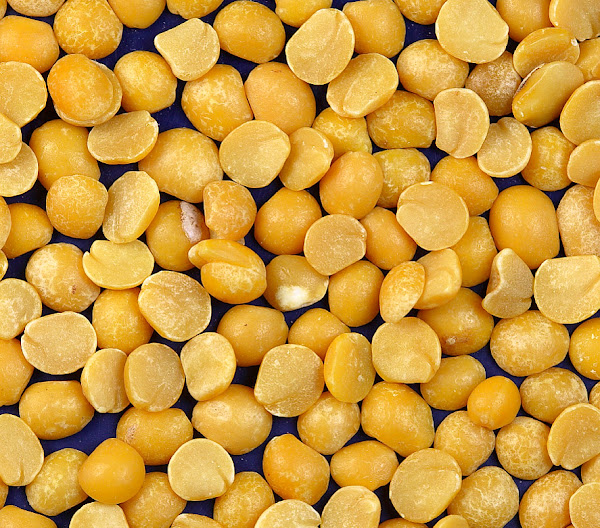
Step 12. Yield
Yield can vary depending on many factors. But on average, you can expect 3000 to 4000 kg per hectare.
Step 13. Marketing
Marketing peas is very easy and simple. You can sell your peas in the local market. But for commercial production, you should determine your marketing strategies before starting this business.
If you are willing to start growing peas commercially, try to learn more about it from an experienced farmer in your area. Practical knowledge is much more important for starting any farming business. Although growing peas is very easy and you will definitely be able to make good profit from this business. Good luck!

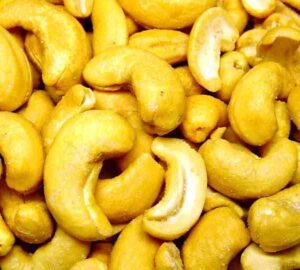

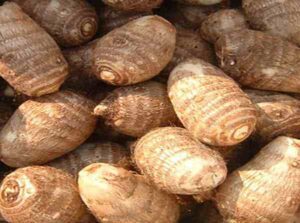

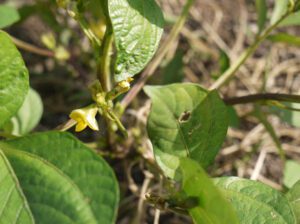
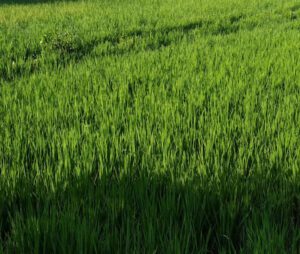
The materials are worthy. Thank you.